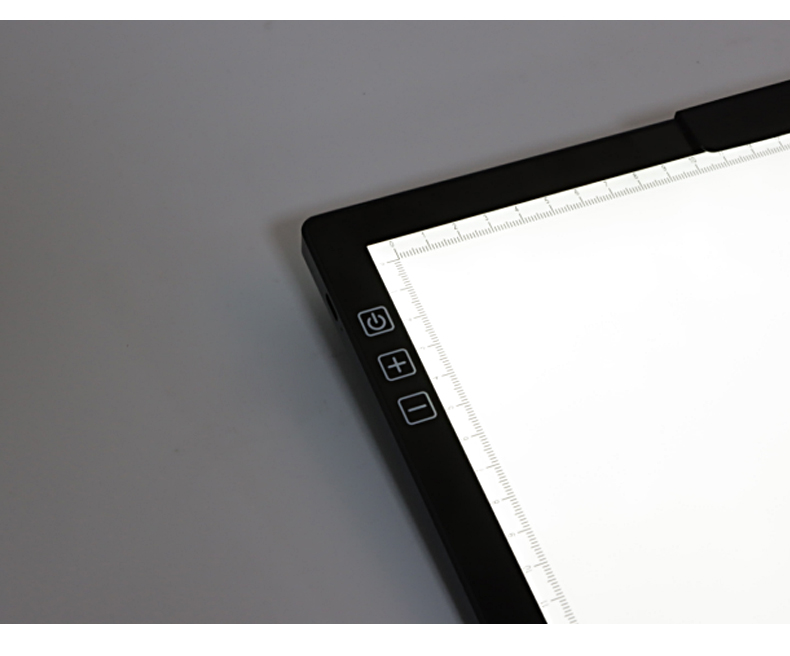



Compatibility and Integration of Direct Supply Drawing Boards
2024-07-27
Direct Supply Drawing Boards are essential tools for professionals in fields such as architecture, engineering, and design. These boards are designed to facilitate precise and efficient drawing, drafting, and design work. Understanding their compatibility and integration with various tools and systems is crucial for maximizing their utility and effectiveness. This article explores how Direct Supply Drawing Boards integrate with other tools and equipment, enhancing the overall workflow.

1. Compatibility with Drafting Accessories
Direct Supply Drawing Boards are designed to be compatible with a range of drafting accessories. These include:
Drafting Triangles and Rulers: Most drawing boards come with built-in guides or grooves to accommodate drafting triangles and rulers. This feature ensures precise alignment and measurement during drafting tasks.
Compasses and Protractors: The surface of the Drawing Board is generally smooth and suitable for use with compasses and protractors, allowing for accurate circular and angular measurements.
Scale Rules: Drawing boards often include a calibrated grid or scale marks, which align with various scale rules used for accurate scaling and dimensioning.
2. Integration with Digital Tools
In today’s digital age, integration with digital tools is increasingly important:
Computer-Aided Design (CAD) Software: While Direct Supply Drawing Boards are primarily analog, they complement CAD software by providing a tangible surface for initial sketches and conceptual work. Designers often use drawing boards to create preliminary designs before transferring them to CAD software for further refinement.
Digital Tablets and Styluses: Some modern drawing boards are designed with integrated slots or mounts for digital tablets and styluses. This integration allows users to seamlessly switch between traditional and digital drawing methods, enhancing flexibility and convenience.
3. Ergonomic and Workspace Integration
Compatibility with ergonomic and workspace setups is essential for comfort and productivity:
Adjustable Stands: Many Direct Supply Drawing Boards come with adjustable stands or mounts that allow users to modify the board’s angle and height. This feature ensures that the drawing board can be adapted to various ergonomic needs, reducing strain during extended use.
Workstations and Desks: Drawing boards are designed to fit standard workstations and desks. They can be easily integrated into existing setups, ensuring that they complement the overall workspace design and functionality.
4. Compatibility with Educational Tools
For educational purposes, drawing boards often need to integrate with various teaching aids:
Projection Systems: In educational settings, drawing boards can be used alongside projection systems. This integration allows instructors to project examples, diagrams, and other materials onto the board, facilitating interactive learning.
Teaching Templates: Some drawing boards are compatible with teaching templates and stencils, which help students practice and learn specific drawing techniques.
5. Maintenance and Accessory Integration
Maintaining and using drawing boards effectively requires proper integration with maintenance tools and accessories:
Cleaning Supplies: Drawing boards should be compatible with cleaning supplies designed for their surface materials. Regular cleaning helps maintain the board’s functionality and appearance.
Storage Solutions: Drawing boards are often integrated into storage solutions such as drawers or racks, ensuring that accessories and tools are easily accessible and organized.
6. Integration with Project Management Systems
In professional environments, drawing boards can be part of a larger project management system:
Document Management: Drawing boards can be used to draft initial plans and sketches that are later scanned and integrated into digital document management systems. This process ensures that physical drafts are accurately represented in digital project files.
Collaboration Tools: When working on collaborative projects, drawing boards can be used alongside collaborative tools and platforms to share initial ideas and drafts with team members.
Conclusion
Direct Supply Drawing Boards are versatile tools that offer significant benefits across various professional and educational settings. Their compatibility with drafting accessories, digital tools, ergonomic setups, educational aids, maintenance supplies, and project management systems highlights their integration capabilities. By understanding and leveraging these integration aspects, users can enhance their workflow, ensure precision, and maintain efficiency in their drawing and design tasks. Whether used in professional drafting environments or educational settings, Direct Supply Drawing Boards continue to play a crucial role in the creative and design processes.